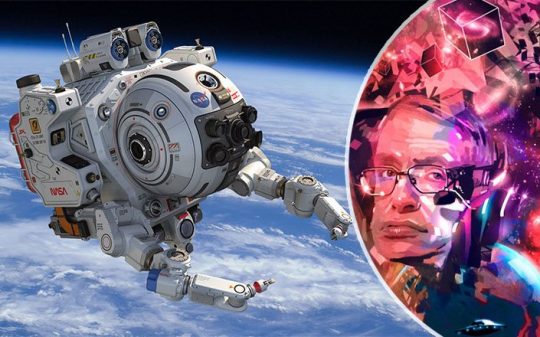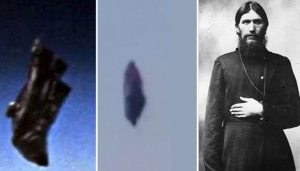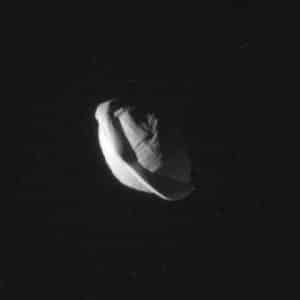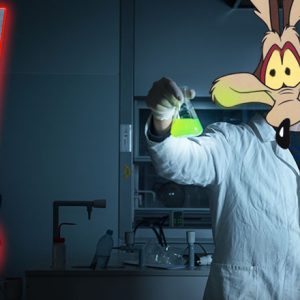Called StarChip, the tiny vessel would reach Alpha Centauri in just 20 years. Will we obtain definitive proof?
After famously stating that mankind is now passing through its darkest hour and that we need to get off this planet in the next thousand years if we’re to survive, brilliant physicist Stephen Hawking has announced his collaboration with NASA in the historic venture of sending a probe to the nearest star system.
Alpha Centari is a star system located ‘just’ 4.37 light years away from Earth. The system consists of three stars: Alpha Centauri A, B and a red dwarf called α-Cen C, better known as Proxima Centauri, because it’s the closest star to us.

Artist’s impression of Proxima b
This summer, the red dwarf made headlines all over the world when astronomers revealed that Proxima Centauri was being orbited by a terrestrial planet very similar to our own.
The exoplanet, Proxima b revolves around its star in the habitable zone, meaning water could exist on its surface in liquid form. Where there’s liquid water, there’s a chance for life as we know it to appear, evolve and even flourish. And in astronomical terms, Proxima b is tantalizingly close to Earth. This is the motivation behind initiating the StarChip mission, a collaboration between government agencies, bright minds and billionaires with a taste for space exploration.
The limit that confronts us now is the great void between us and the stars. But now we can transcend it. With light beams, light sails, and the lightest spacecraft ever built, we can launch a mission to Alpha Centauri within a generation” – Stephen Hawking
Until last week, it was unclear how we could send a tiny probe on a 25 trillion mile journey through the unforgiving vastness of outer space. Radiation and micro meteoroids could rip its delicate body before it even left the Solar System. But last week, NASA announced it joined the venture and revealed they had been working on a silicon microchip that could repair itself.
‘Starshot’ spacecraft will be the fastest human-made object, traveling at 134 million mph.
Via our friends at Vocativ Video.Posted by Inverse on Tuesday, December 13, 2016
In reality, this is the probe itself: a microchip with a meter-sized light sail, propelled by Earth-based lasers. Measuring less than half an inch and weighing a couple of grams, this probe — if successful — could put humans on the stellar map.
In time, the lasers would transfer energy to the probe, eventually propelling it to a speed of 134 million mph, a fifth of the speed of light. At that velocity, the probe would reach the alien world within a generation.
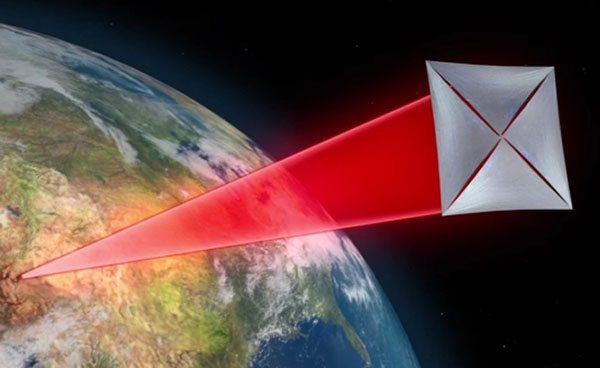
Stephen Hawking’s legacy grows bigger
It would still take four years before we knew whether it arrived safely or not, but even so, this plan beats many of the most optimistic predictions about interstellar exploration. The probe is to be equipped with two miniature cameras with a minimum resolution of two megapixels. It would also carry navigation and communication equipment, four processors and photon thrusters.
All of that in a thingamajig weighing about as much as one jellybean. The potential to prove once and for all that although unique, life is not exclusive to Earth. Maybe once we gain some perspective we could feel the universe got a bit smaller and the world closer. Maybe.
